Matthew Williams
Matt Williams is a space journalist, science communicator, and author with several published titles and studies. His work is featured in The Ross 248 Project and Interstellar Travel edited by NASA alumni Les Johnson and Ken Roy. He also hosts the podcast series Stories from Space at ITSP Magazine. He lives in beautiful British Columbia with his wife and family. For more information, check out his website.
Recent Articles
-
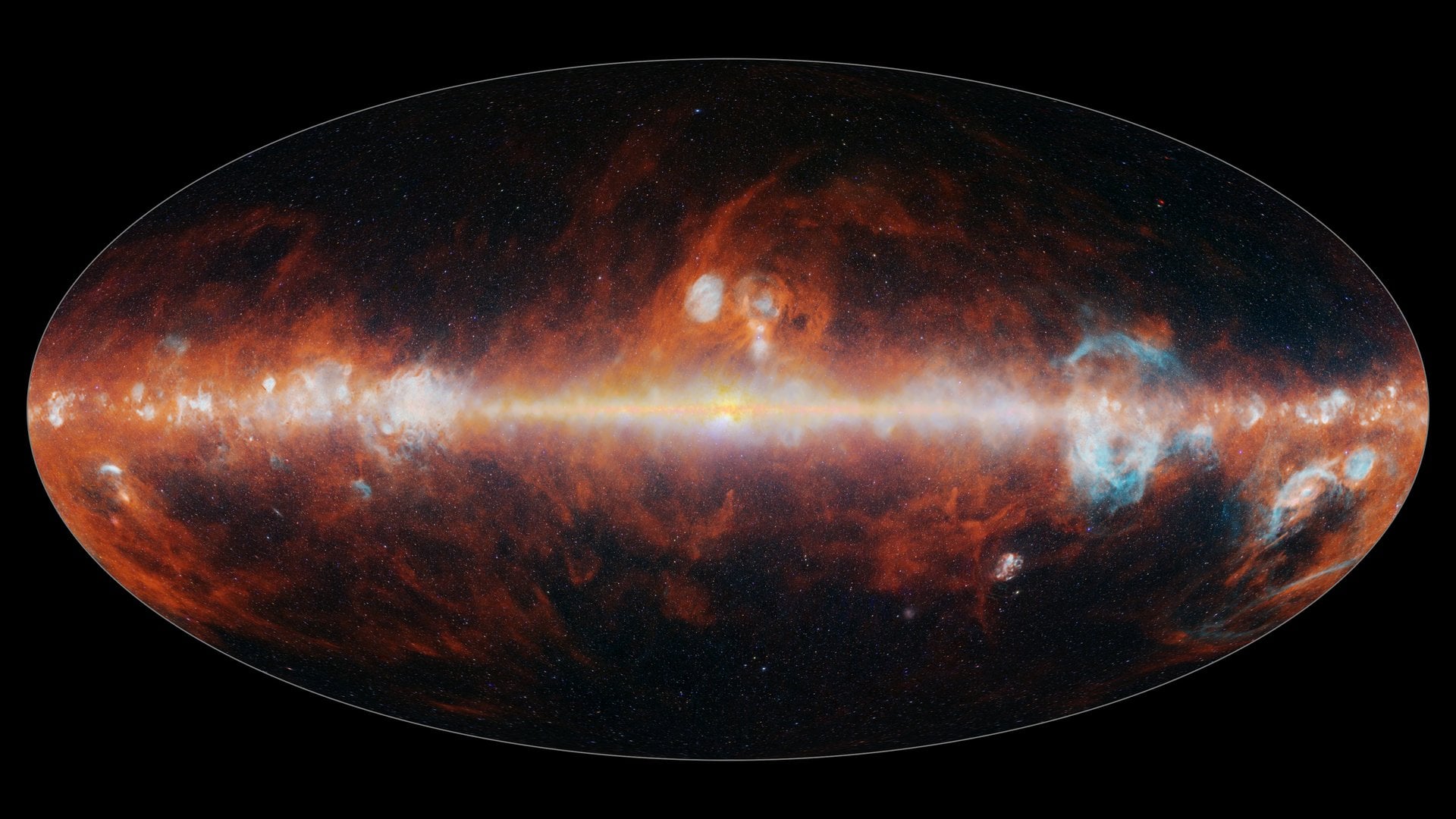
-
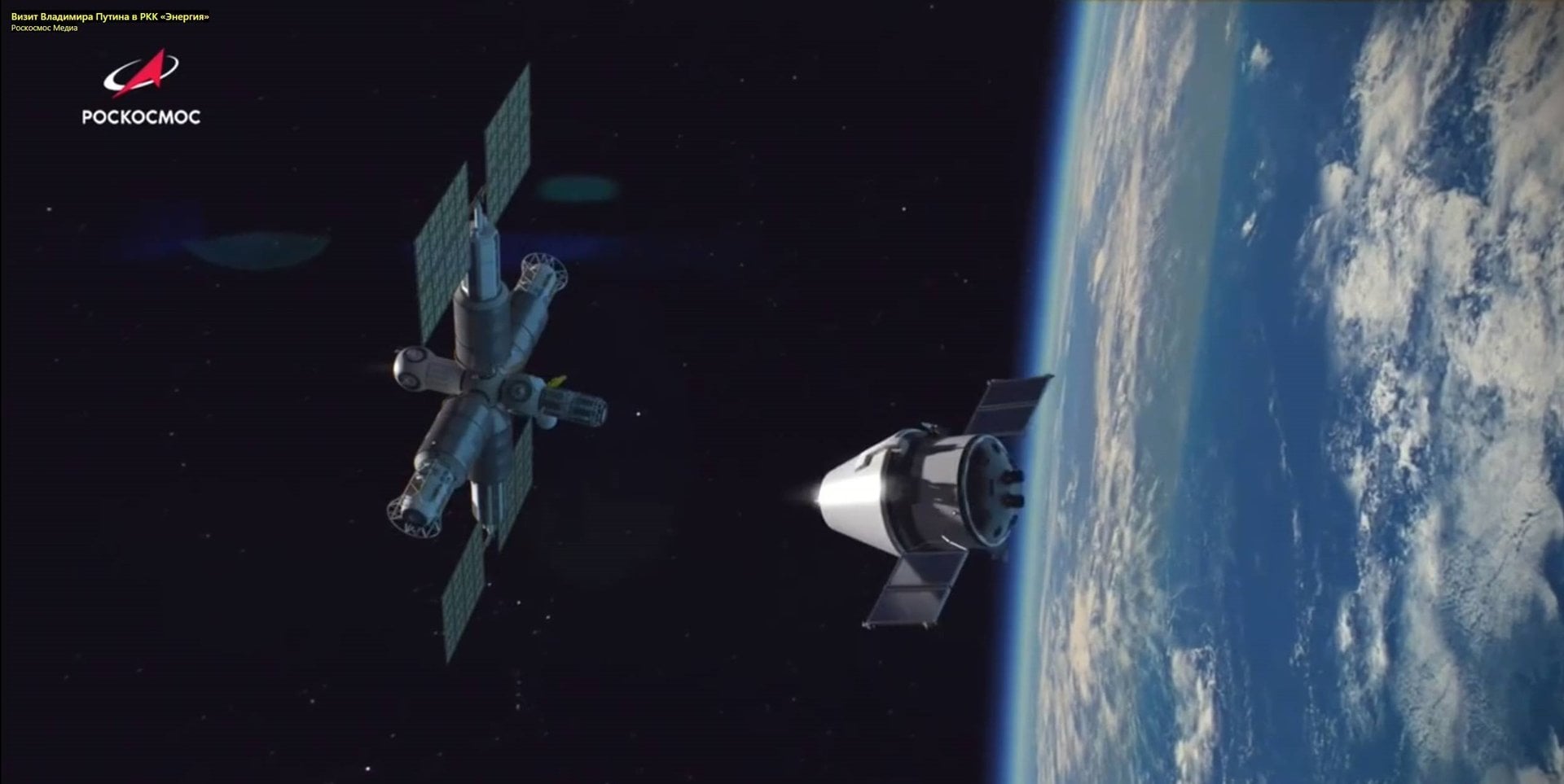
Russia's Plans for a Space Station Includes "Recycling" its ISS Modules
December 22, 2025Oleg Orlov, Director of the Institute of Biomedical Problems at the Russian Academy of Sciences (RAS), announced that the Russian Orbital Station (ROS) will include the modules that make up the Russian Orbital Segment of ISS.
-
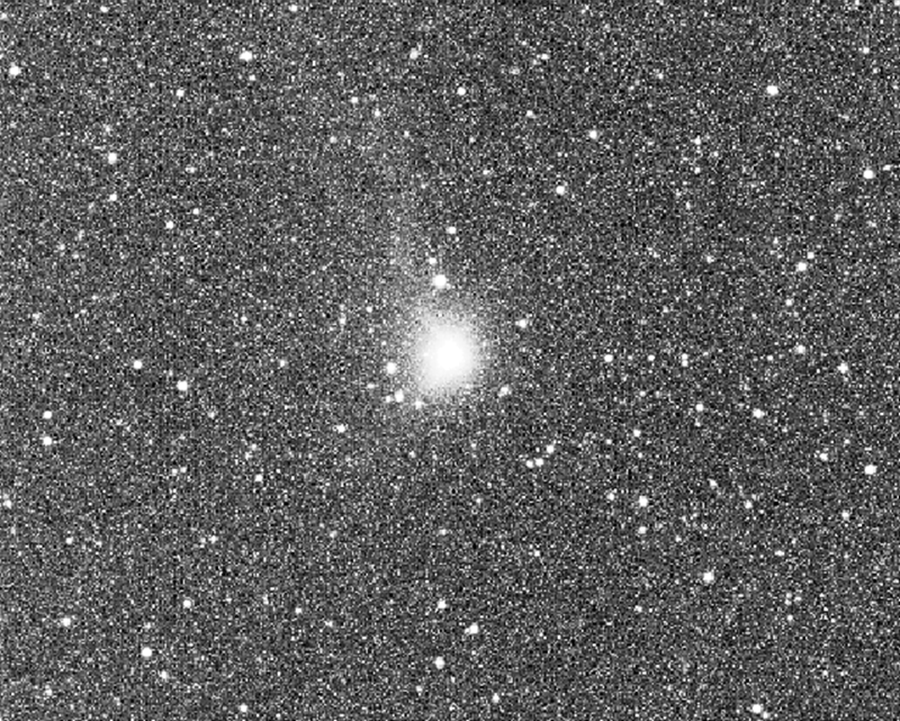
ESA's JUICE Mission Reveals More Activity from 3I/ATLAS
December 21, 2025During November 2025, ESA’s Jupiter Icy Moons Explorer (JUICE) used five of its science instruments to observe 3I/ATLAS. The instruments collected information about how the comet is behaving and what it is made of.
-
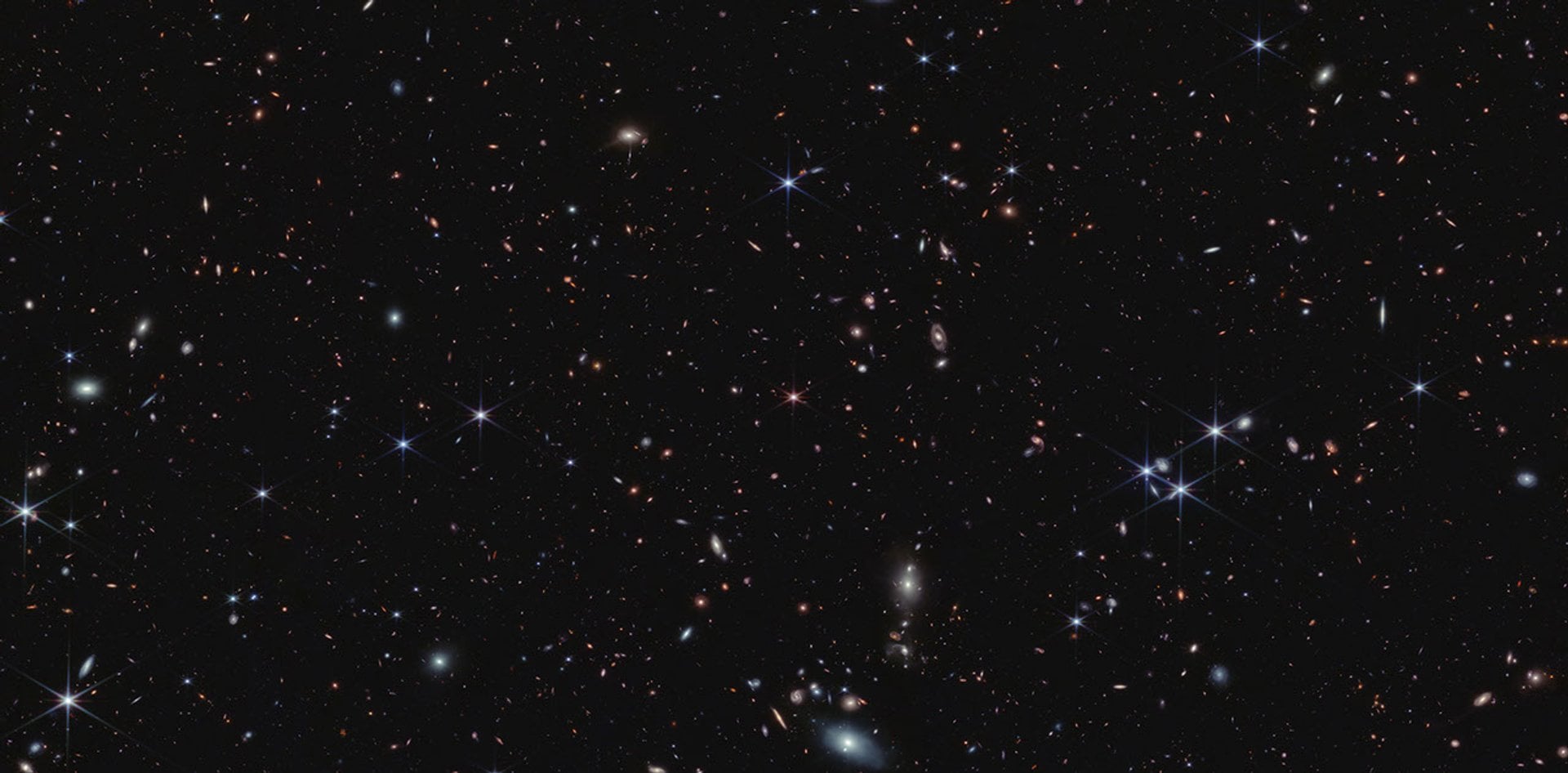
Astronomers Find the First Compelling Evidence of "Monster Stars" in the Early Universe
December 21, 2025Using the James Webb Space Telescope, a team of international researchers has discovered chemical fingerprints of gigantic primordial stars that were among the first to form after the Big Bang.
-

Could Advanced Civilizations Communicate like Fireflies?
December 19, 2025In a new paper, a team of researchers explores how non-human species (in this case, fireflies) could inform new approaches in the Search for Extraterrestrial Intelligence (SETI).
-
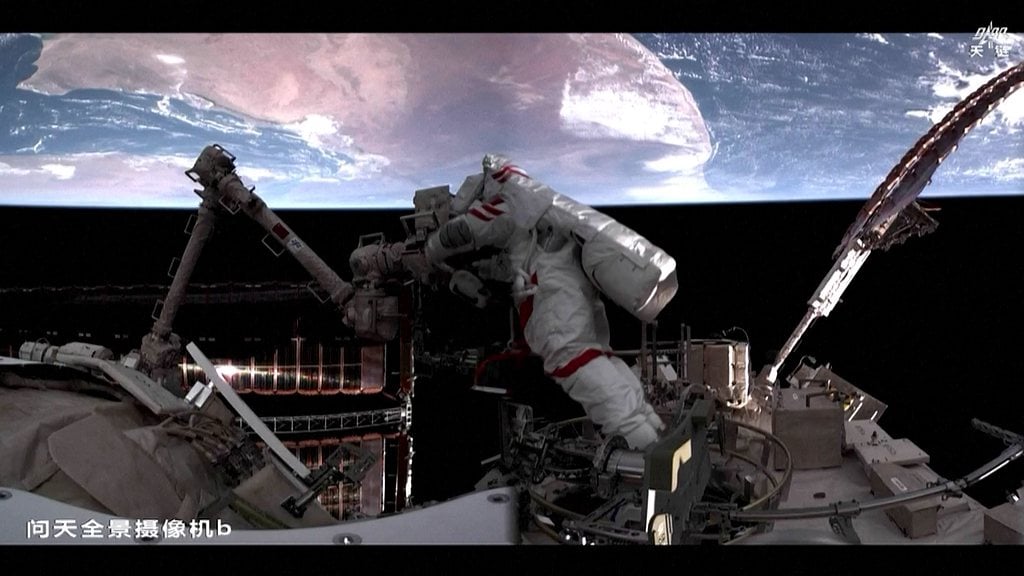
China's Shenzhou-21's Crew Test New Spacesuits During Spacewalk
December 15, 2025The Shenzhou-21 crew on board China's orbiting space station completed its first extravehicular activities on Tuesday, Dec. 9th, during which they validated the new EVA spacesuits.
-
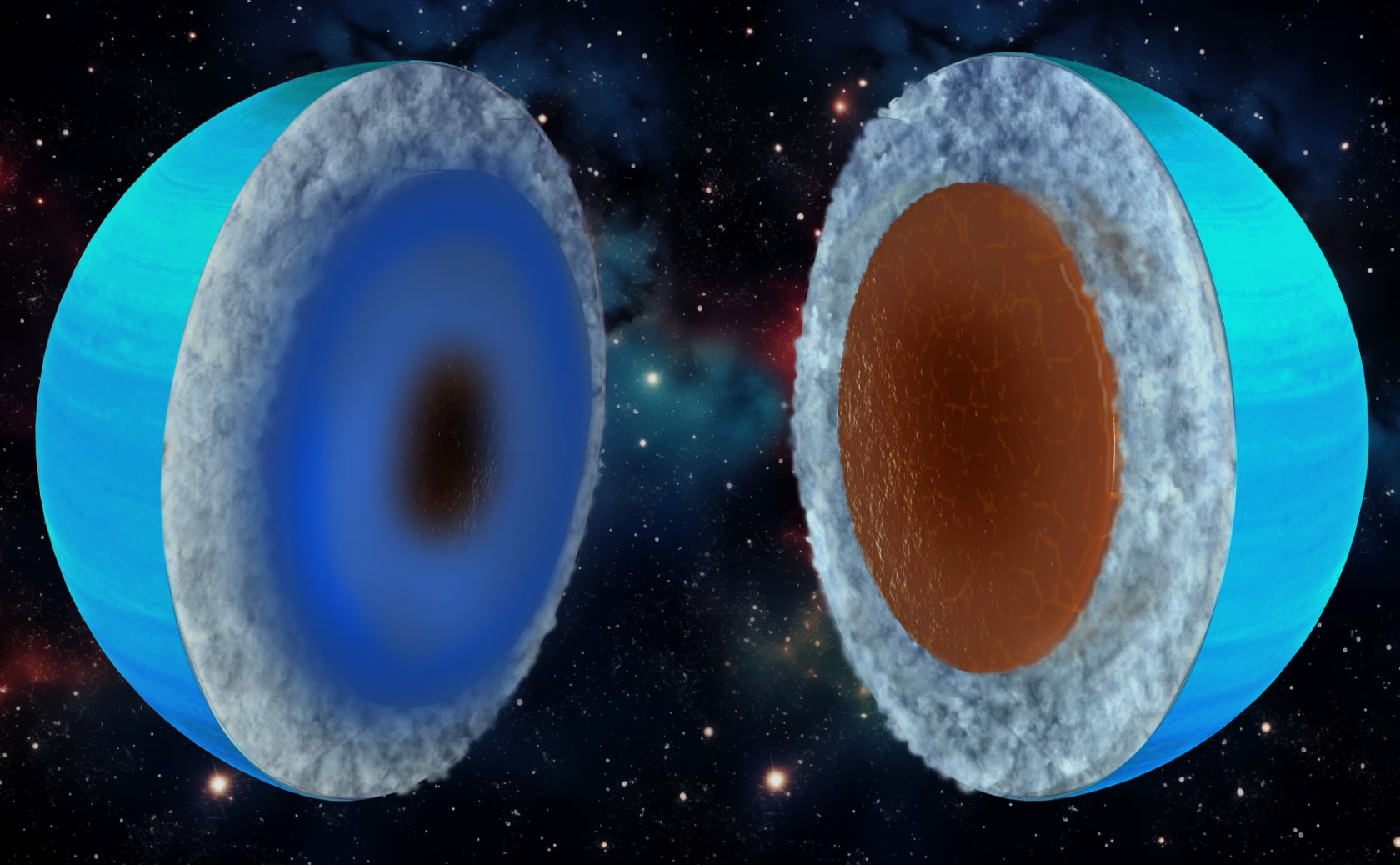
Uranus and Neptune might be rock giants
December 15, 2025A team of researchers from the University of Zurich and the NCCR PlanetS is challenging our understanding of the interior of the Solar System's planets. The composition of Uranus and Neptune, the two outermost planets, might be more rocky and less icy than previously thought.
-
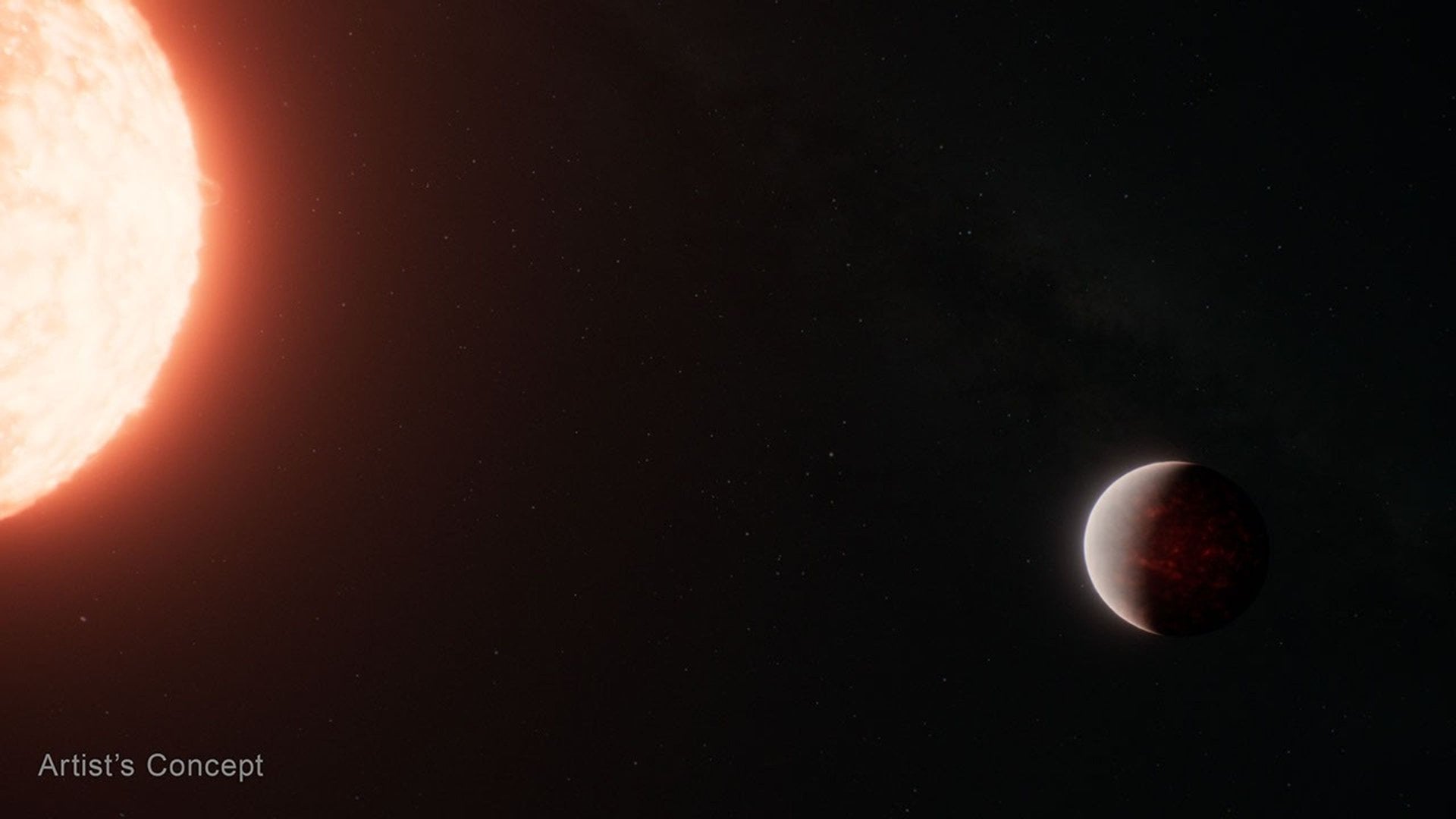
Scientists Find the Strongest Evidence Yet of an Atmosphere on a Molten Rocky Exoplanet
December 14, 2025Researchers using NASA’s James Webb Space Telescope have detected the strongest evidence yet for an atmosphere on a rocky planet outside our solar system. Observations of the ultra-hot super-Earth TOI-561 b suggest that the exoplanet is surrounded by a thick blanket of gases above a global magma ocean.
-
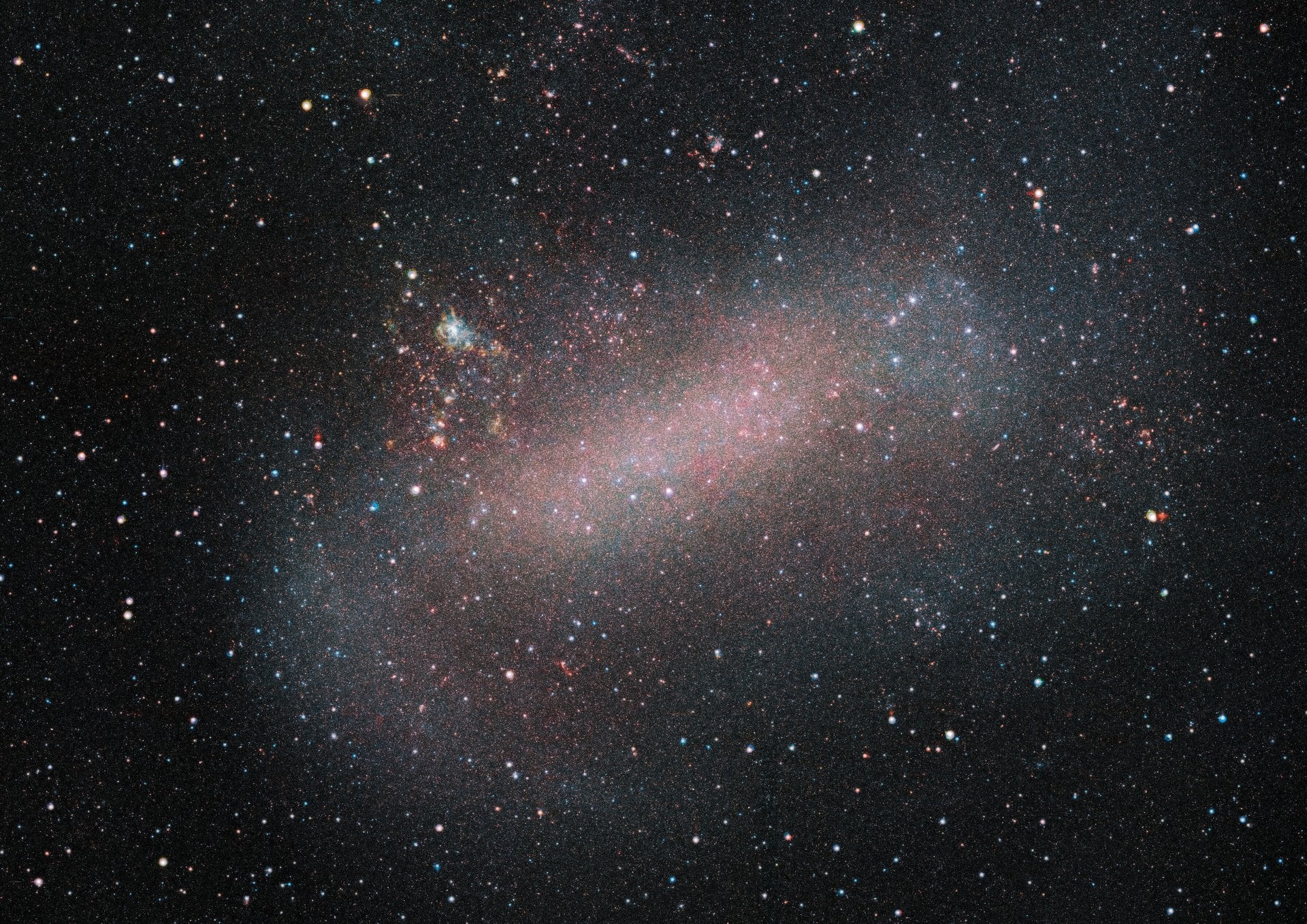
Recent Surveys Reveal Dwarf Galaxies May Not Contain Supermassive Black Holes
December 13, 2025A new study, analyzing over 1,600 galaxies observed with Chandra over two decades, suggests that smaller galaxies do not contain supermassive black holes nearly as often as larger galaxies do.
-
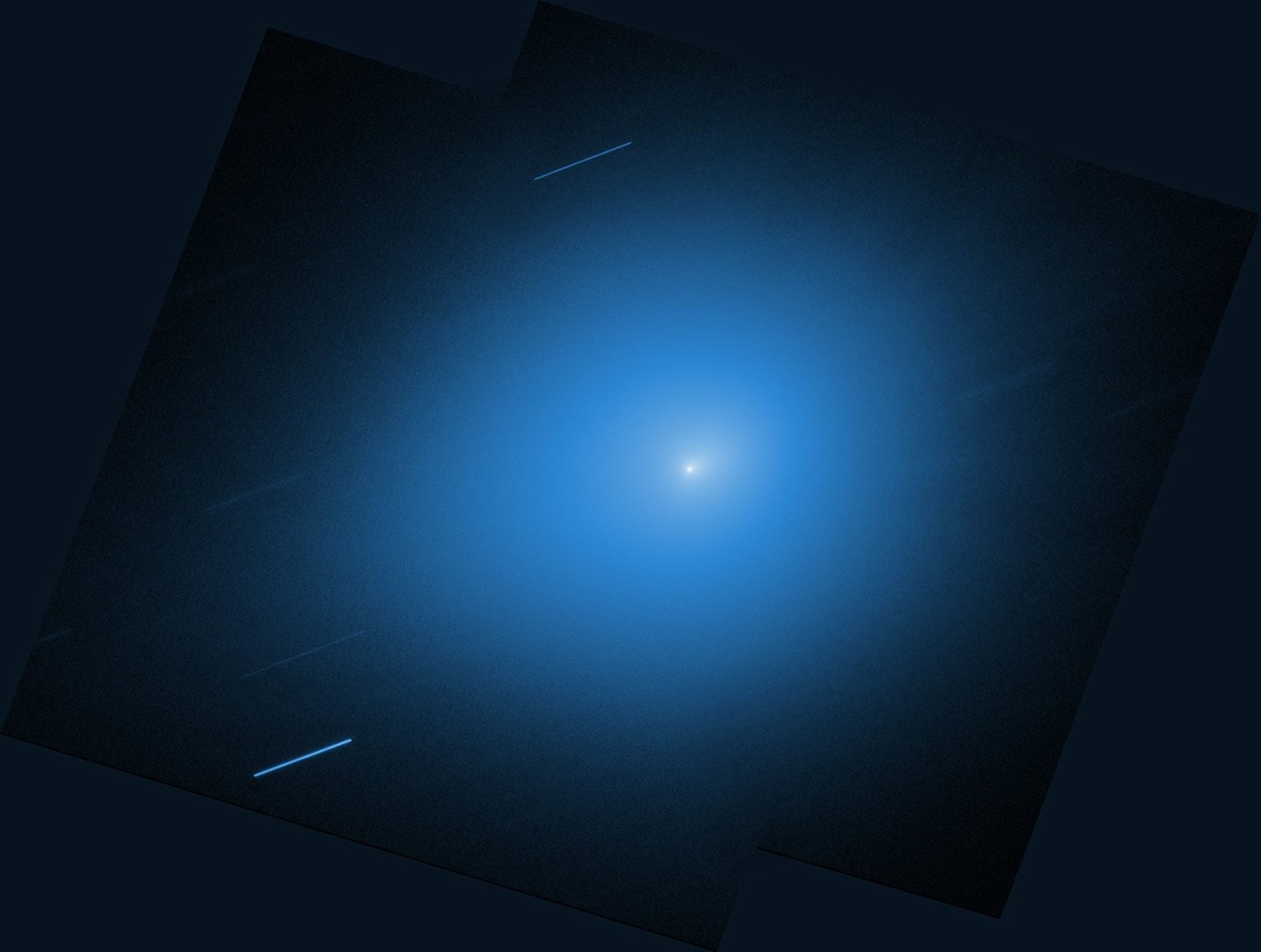
Hubble Catches Another Glimpse of 3I/ATLAS
December 12, 2025The NASA/ESA Hubble Space Telescope reobserved interstellar comet 3I/ATLAS on 30 November with its Wide Field Camera 3 instrument. At the time, the comet was about 286 million km from Earth. Hubble tracked the comet as it moved across the sky.
-
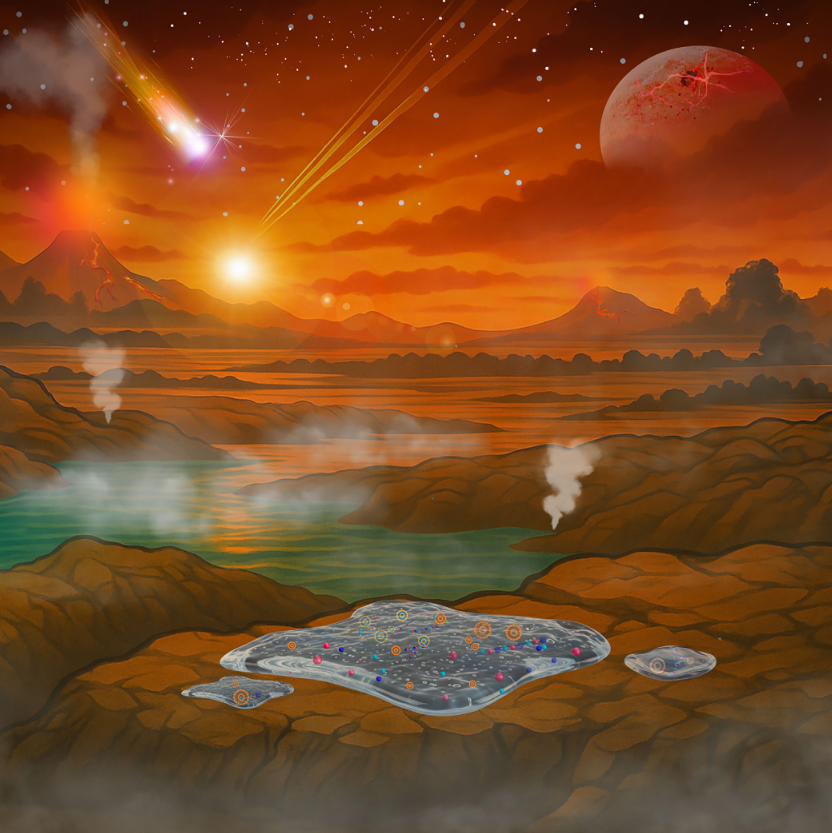
Did Life Begin in Prebiotic Surface Gels?
December 11, 2025Surface-bound gels may have provided the structure and chemistry necessary for life to take root on Earth. These findings could also have implications in the search for life beyond Earth.
-
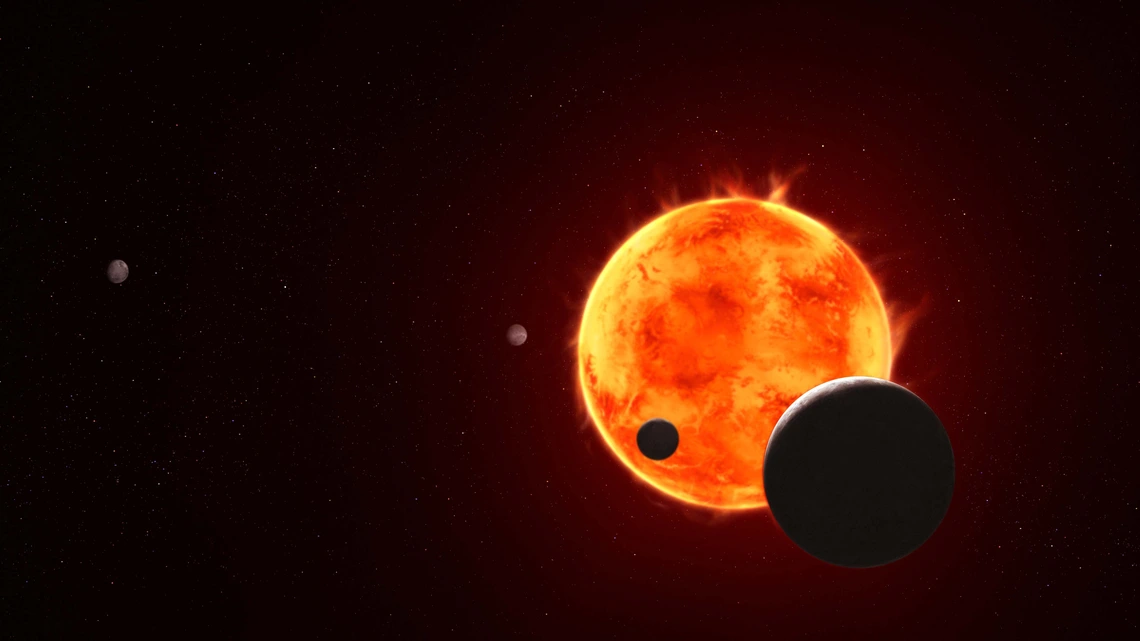
New Results from the JWST Suggest that TRAPPIST-1e Might Have a Methane Atmosphere, Though Caution is Advised
December 10, 2025An international team of astronomers has published a series of papers detailing their observations of the rocky exoplanet TRAPPIST-1e using the James Webb Space Telescope (JWST). Their results, though ambiguous, are a big step towards exoplanet characterization.
-
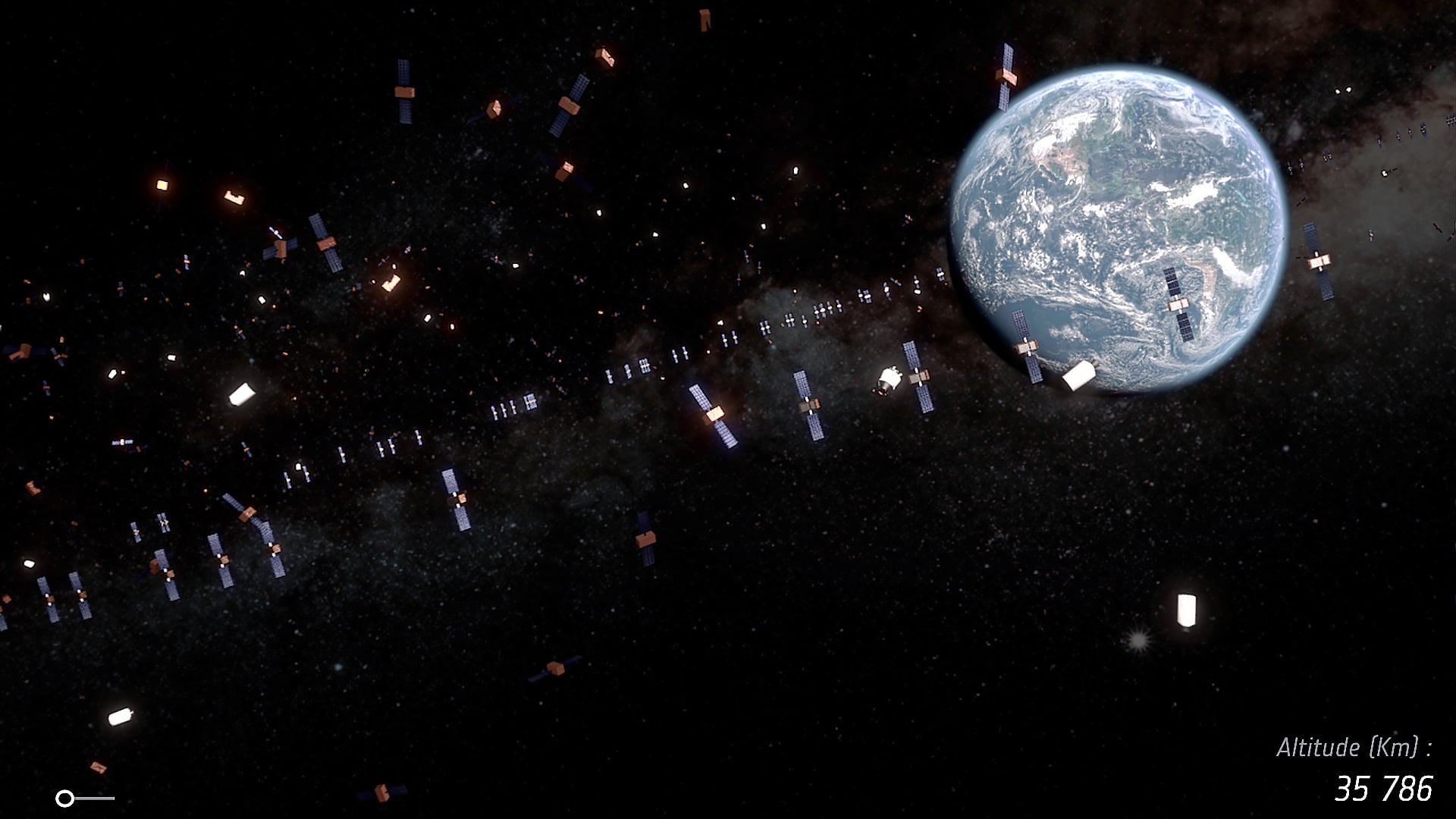
Applying the Principles of Reduce, Reuse, Recycle to Space
December 08, 2025In a new study, sustainability and space scientists discuss how the principles of reducing, reusing, and recycling could be applied to satellites and spacecraft.
-
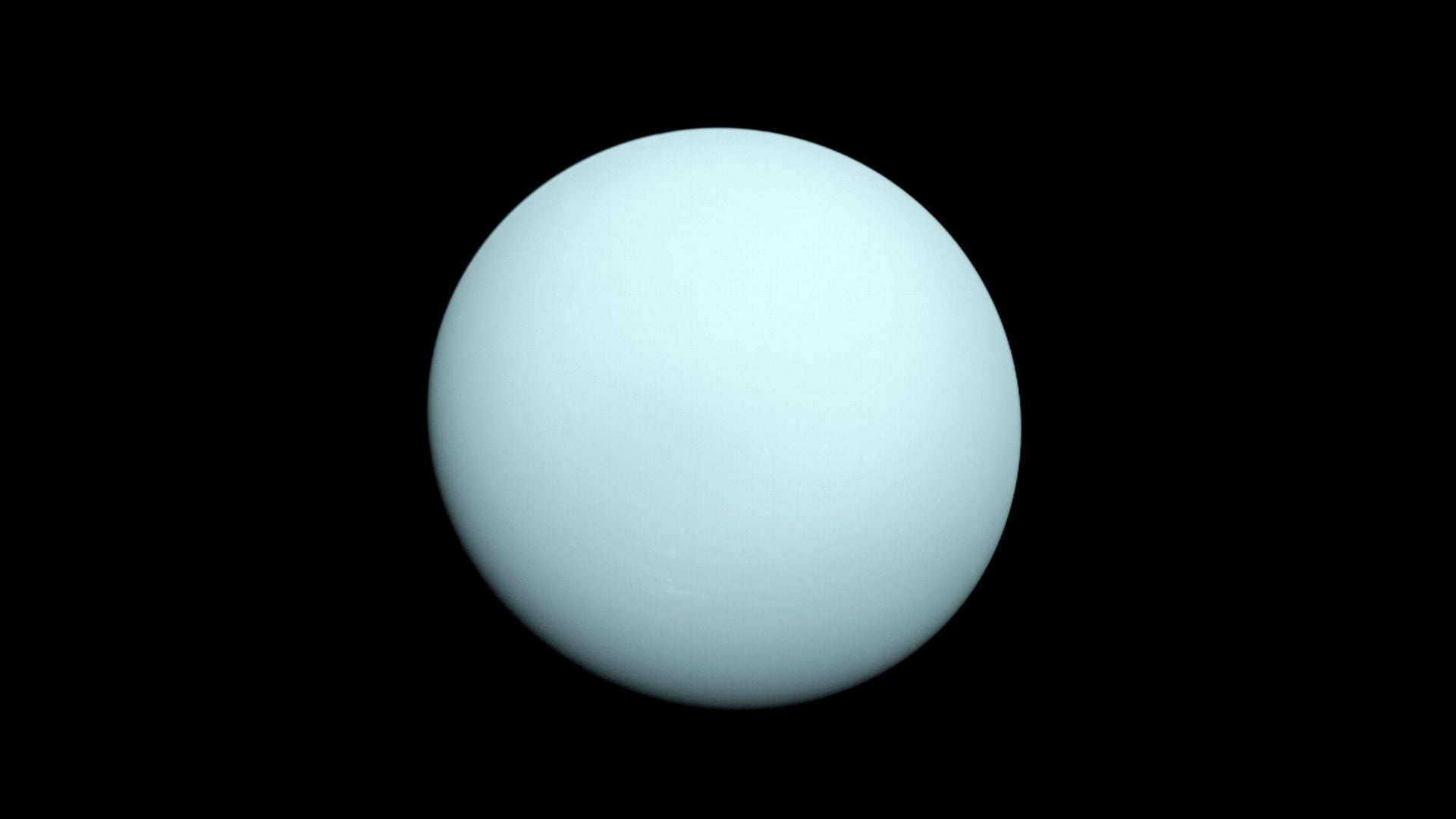
Researchers at SwRI May Have Solved the Mystery of Uranus' Radiation Belts
December 07, 2025Southwest Research Institute (SwRI) scientists believe they may have resolved a 39-year-old mystery about the radiation belts around Uranus.
-
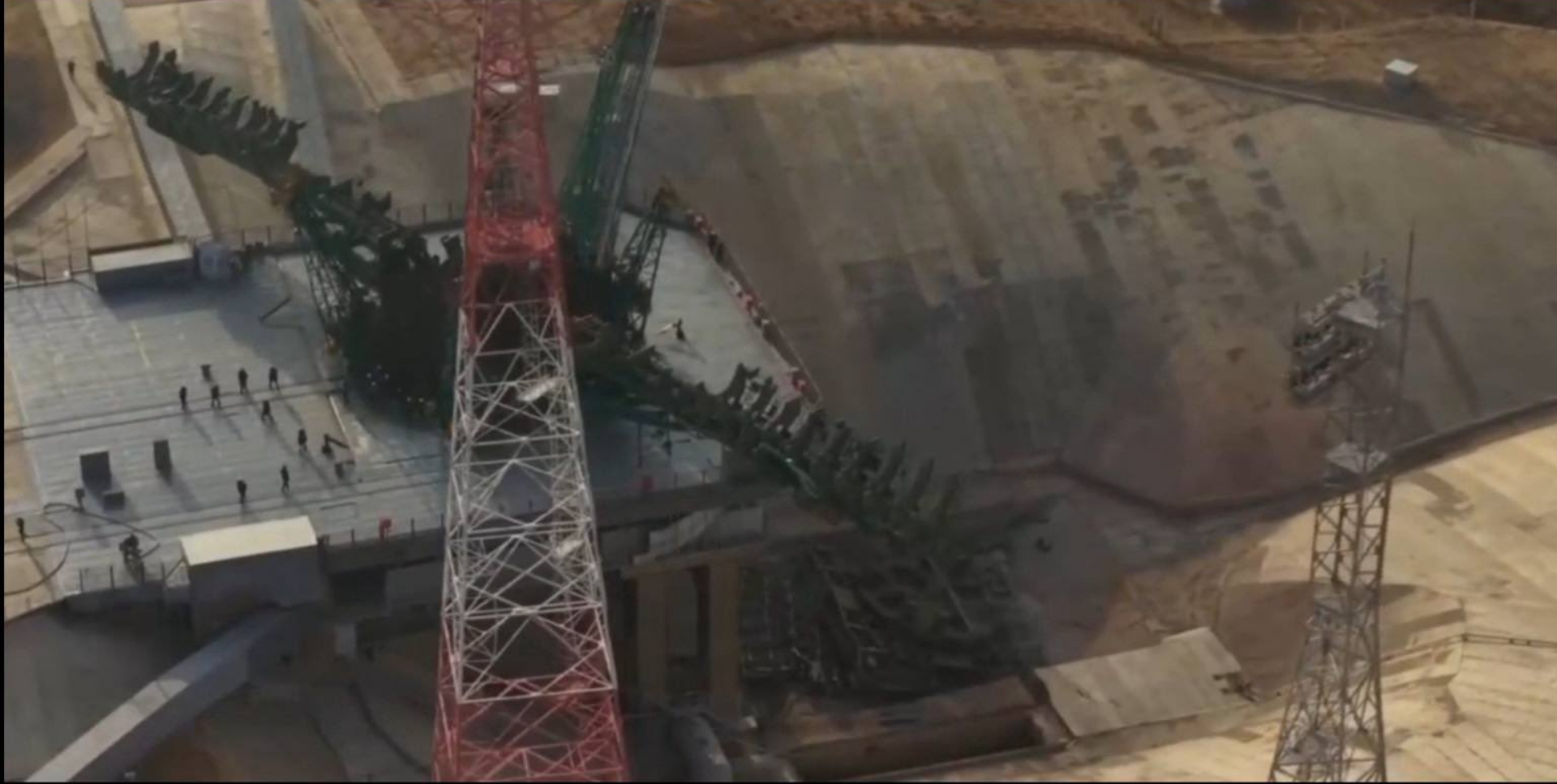
Russia Loses Launch Capability After Accident at Baikonur Cosmodrome
December 07, 2025A severe accident at the Baikonur Cosmodrome involving a wrecked maintenance cabin has indefinitely delayed Russia's ability to launch crewed missions and payloads to the International Space Station (ISS).
-
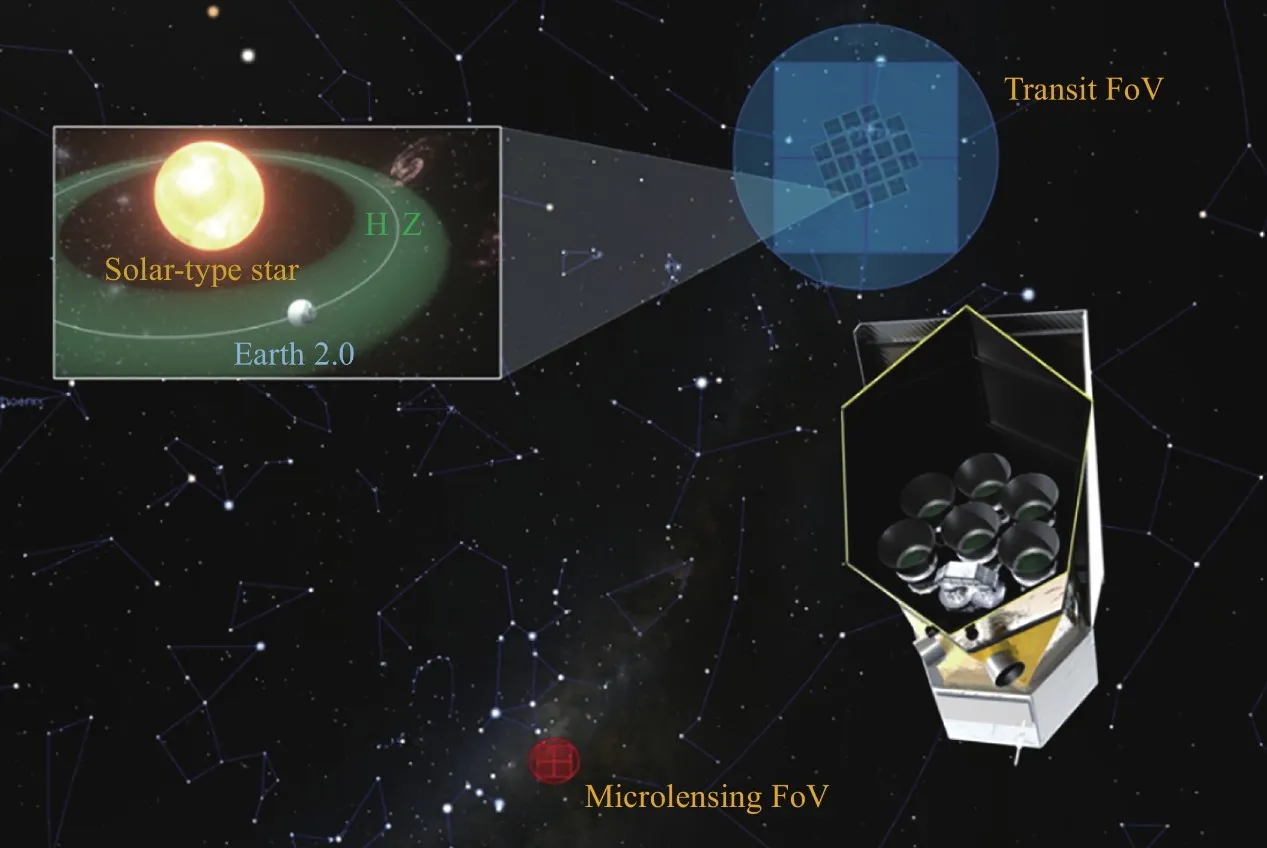
China Outlines Future Plans in New Video, Including Finding Earth 2.0
December 05, 2025A video that appeared on CGTN's Hot Take details four missions that China will be sending to space in the coming years, including a survey telescope that will search for Earth 2.0.
-
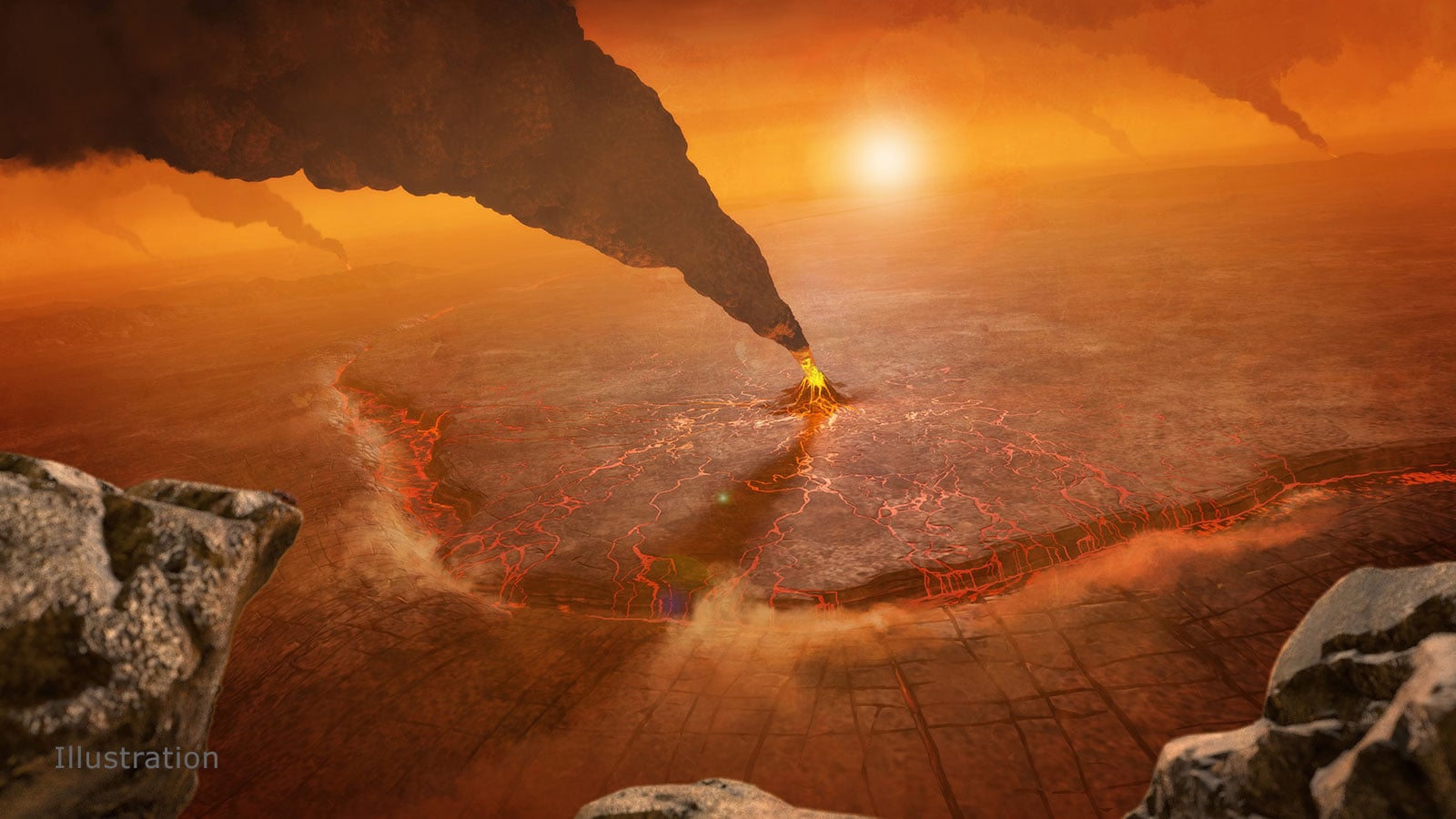
New Research Could Explain Why Earth has Active Tectonics and Venus Does Not
December 04, 2025An international team has made a significant breakthrough in understanding the tectonic evolution of terrestrial planets. Using advanced numerical models, the team systematically classified for the first time six distinct planetary tectonic regimes. Their work provides a unified theory on the geological evolution of both Earth and Venus.
-
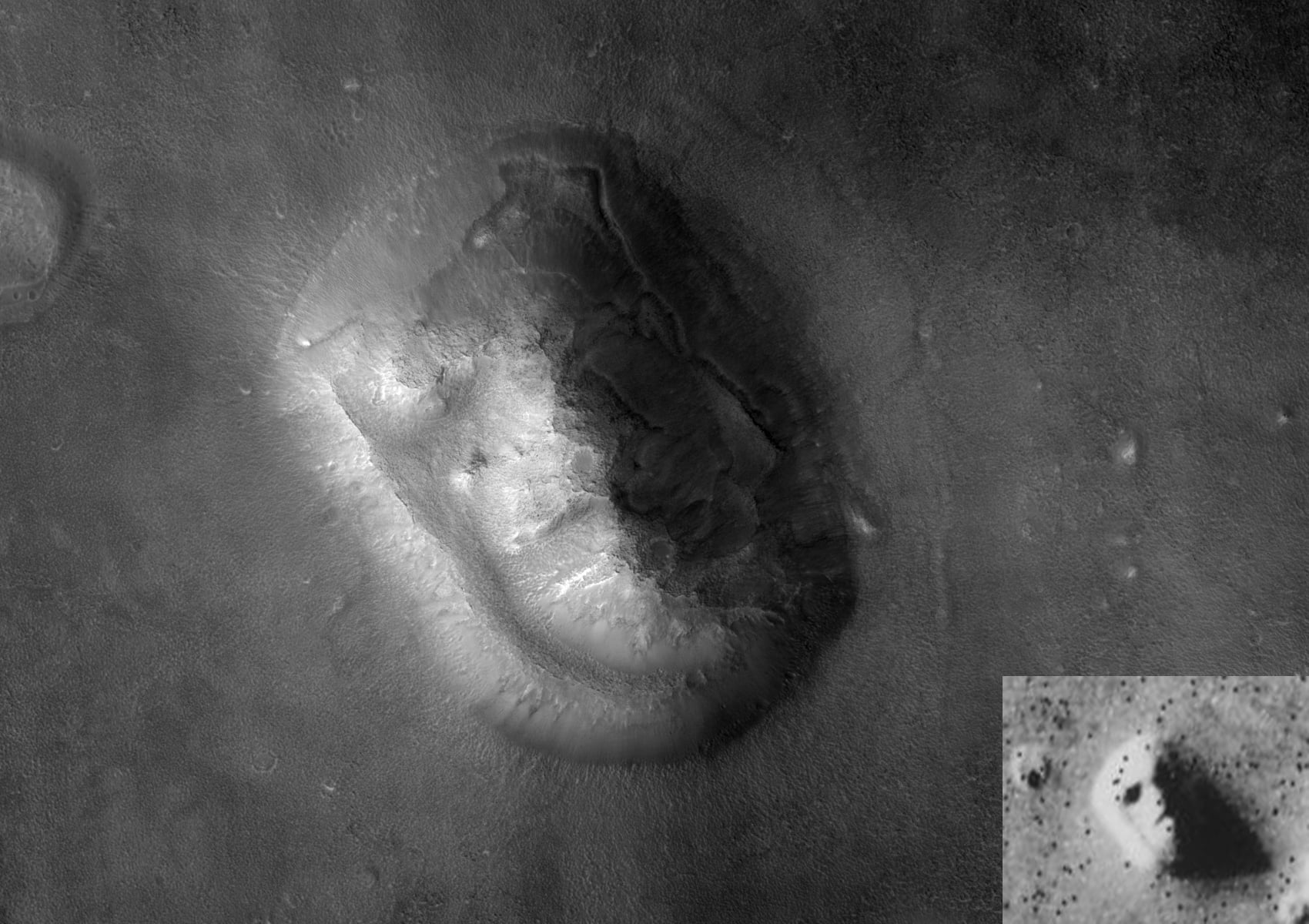
Lessons from the Past: Responsible Science and Astrobiology
December 04, 2025In a recent paper, a team of SETI and astrobiology specialists examines four controversial claims about the existence of extraterrestrial life. From these, they present recommendations for scientists and science communicators when addressing future claims of discovery.
-
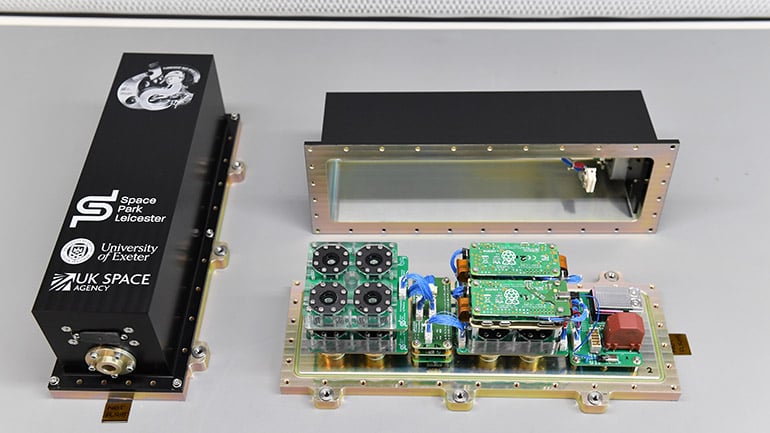
Scientists Investigate the Biological Effects of Spaceflight Using Worms
November 29, 2025A crew of tiny worms will be heading on a mission to the International Space Station in 2026 that will help scientists understand how humans can travel through space safely, using a Leicester-built space pod.
-
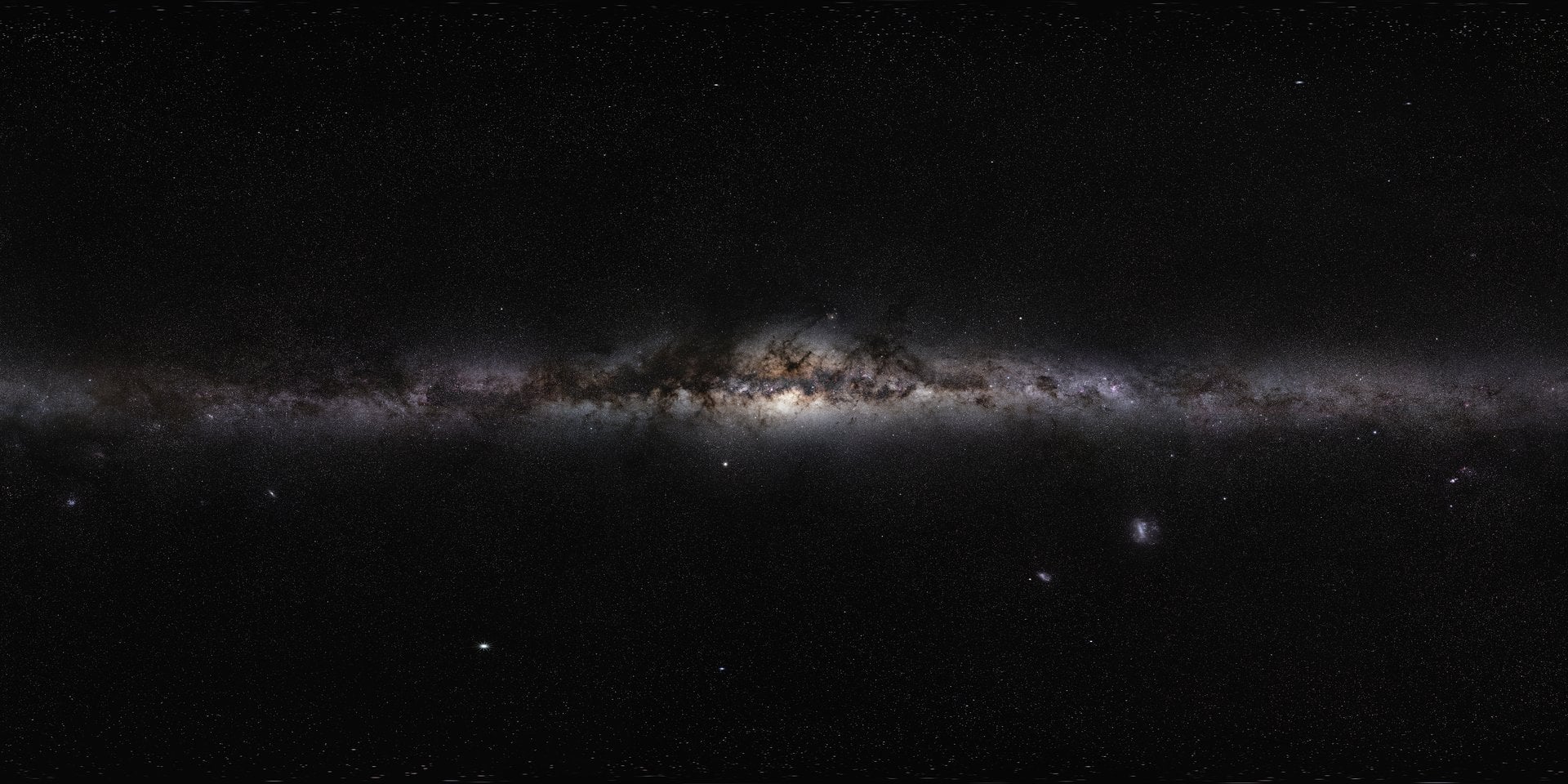
Massive Computer Simulation Creates a Hyper-Realistic Model of the Milky Way
November 27, 2025Research led by the RIKEN Center for Interdisciplinary Theoretical and Mathematical Sciences (iTHEMS) in Japan has successfully performed the world’s first Milky Way simulation that accurately represents more than 100 billion individual stars over the course of 10,000 years.
 Universe Today
Universe Today